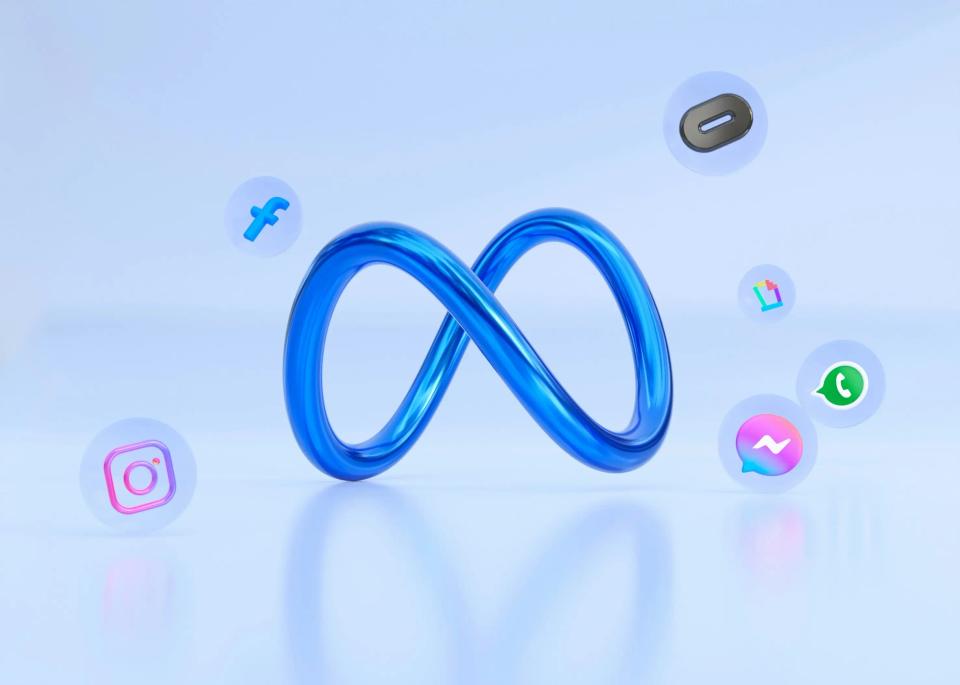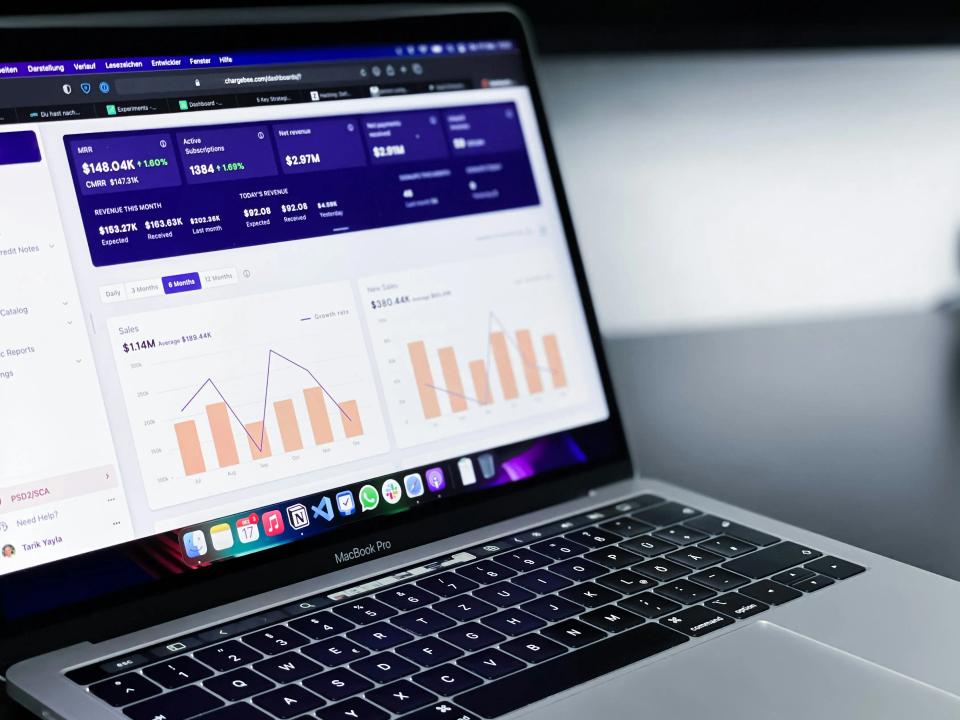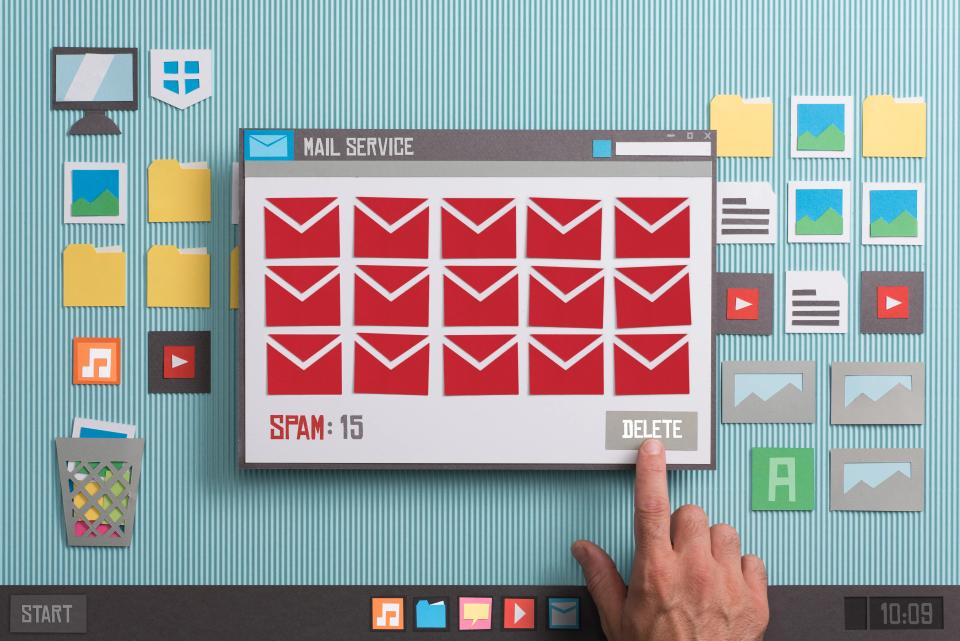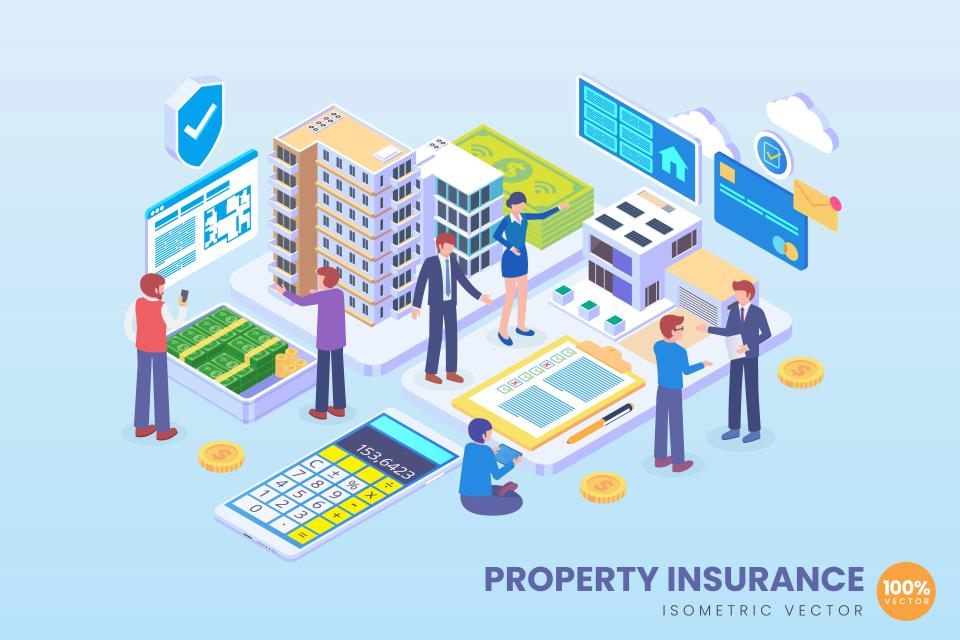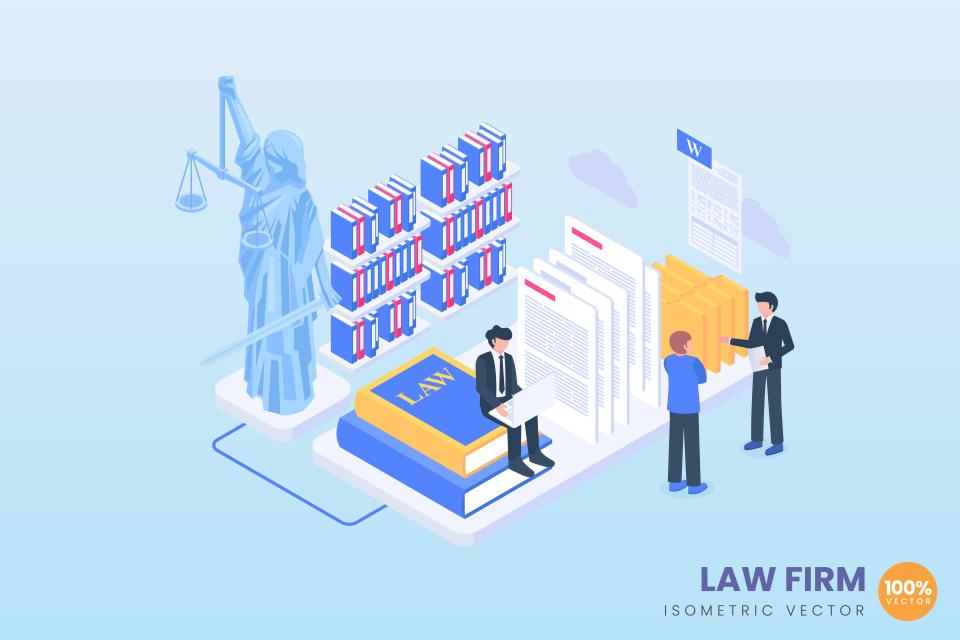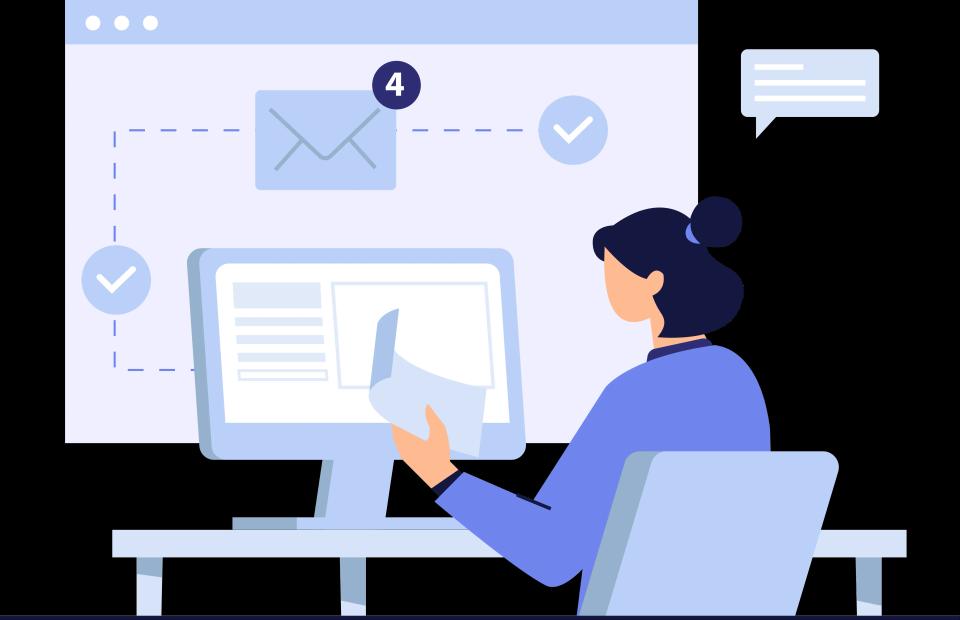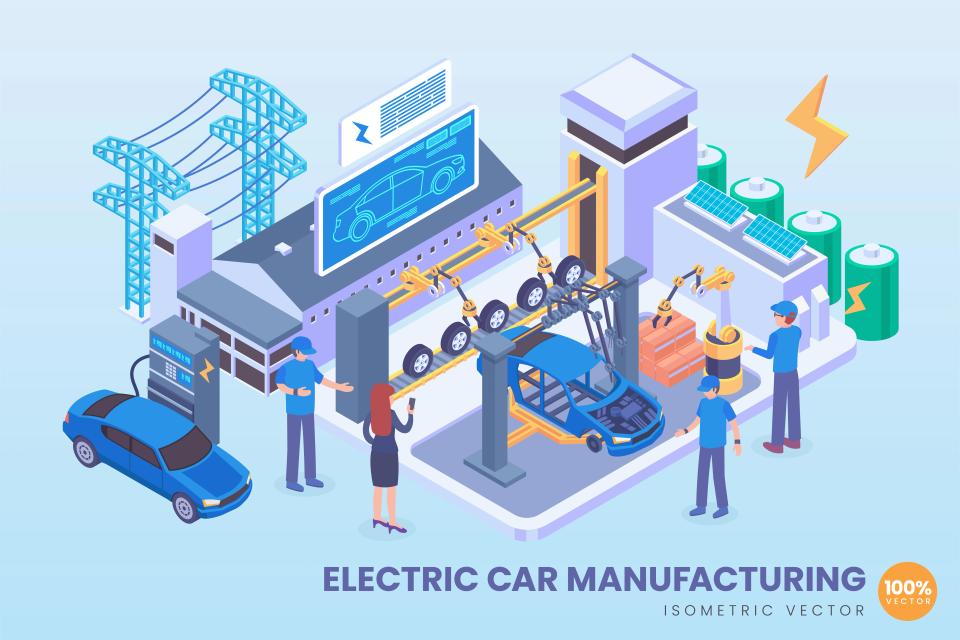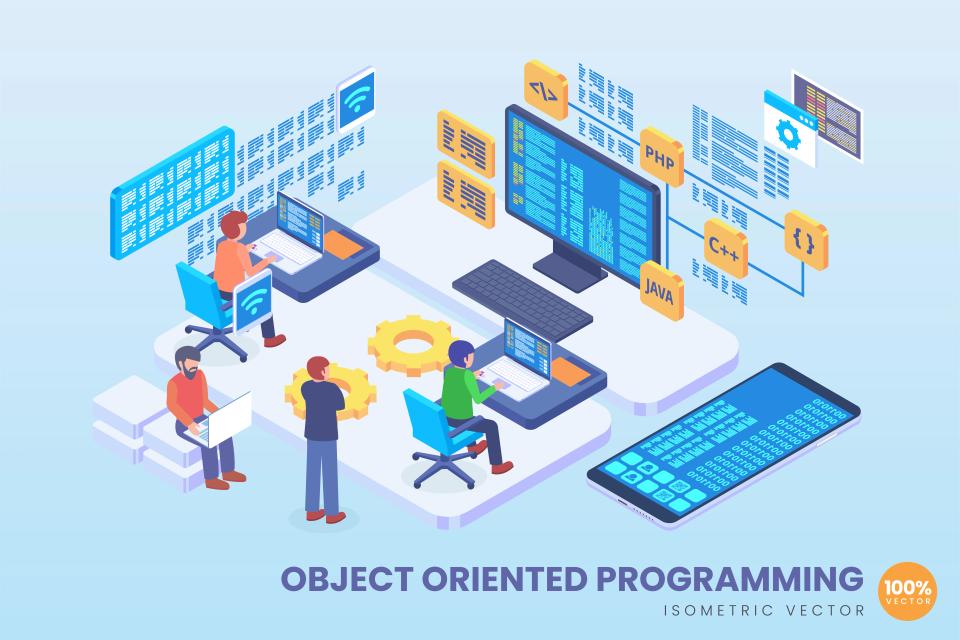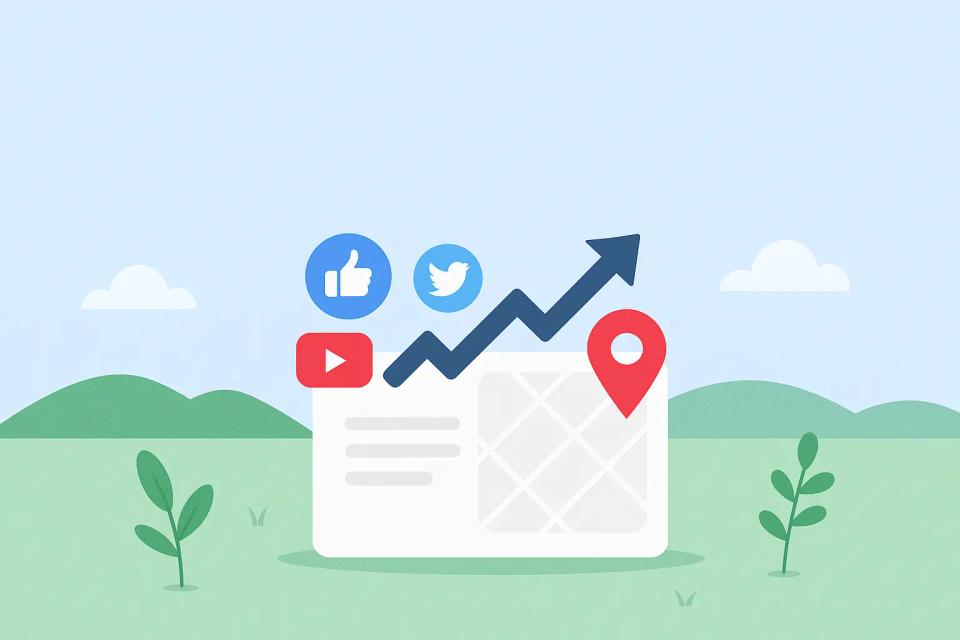Understanding the Facebook & Instagram Ads Ecosystem
Before we jump into crafting killer ads, it's essential to understand the playground we're in. Facebook and Instagram, while owned by the same parent company (Meta), cater to slightly different user behaviors and offer unique advertising opportunities. Think of them as siblings – related, but with distinct personalities.
Platform Differences
Users often browse Facebook for updates from friends and family, news, and group interactions, leading to potentially longer engagement times but perhaps a different mindset than when scrolling Instagram. Instagram, on the other hand, is highly visual, focusing on aesthetics, inspiration, and quick discovery through images, Reels, and Stories. This difference impacts how users interact with ads. For instance, a visually stunning product shot might grab immediate attention on Instagram, while a Facebook ad could benefit from slightly more descriptive text or a community focus.
The ad placement options also vary. Facebook offers placements in the Feed, right-hand column, Marketplace, video feeds, and more. Instagram focuses on the Feed, Stories, Reels, and the Explore page. Even ad format specifications can differ slightly in terms of recommended image ratios or video lengths. Understanding these nuances helps tailor your content for maximum impact on each platform, ensuring your message resonates correctly depending on where it appears. Knowing the context of each platform is key.
Integration Benefits
Now, here's where the magic happens: the integration between Facebook and Instagram via Meta Business Suite. Running campaigns across both platforms isn't just possible; it's often advantageous. You can reach a broader, yet targeted, audience by leveraging the strengths of each platform simultaneously. Imagine showcasing a beautiful lifestyle shot on Instagram while running a more detailed carousel ad explaining product benefits on Facebook, all targeting the same audience segment.
This integration simplifies management significantly. You can often manage campaigns, budgets, and creative assets from a single interface. Perhaps the biggest win is the unified analytics. You get a holistic view of how your campaigns perform across both platforms, allowing you to see which placements or creatives are driving the best results. This data empowers smarter budget optimization, letting you allocate funds where they’re most effective, ultimately improving your return on ad spend (ROAS).
Setting Up for Success: Pre-Campaign Essentials

Jumping straight into ad creation without a solid foundation is like setting sail without a map. You might drift for a while, but reaching your desired destination? That requires planning. Before you even think about ad copy or visuals, let's lay the groundwork.
Defining Clear Conversion Goals
What does "success" actually look like for your campaign? Without clear goals, you can't measure performance or optimize effectively. Are you aiming primarily for direct sales from your e-commerce store? Or perhaps your focus is on lead generation – collecting email addresses for your newsletter or inquiries for your service-based business? Maybe the initial goal is broader, centered around brand awareness metrics like reach and engagement, especially if you're launching a new product or entering a new market.
Defining these objectives upfront dictates everything that follows – your campaign type selection, your targeting, your creative, and the key performance indicators (KPIs) you'll track. Vague goals like "get more business" aren't helpful. Instead, aim for specific, measurable, achievable, relevant, and time-bound (SMART) goals, such as "Increase online sales by 15% in Q3" or "Generate 200 qualified leads via lead form submissions this month." Industry benchmarks suggest conversion rates can vary wildly by industry, so setting realistic targets based on your specific context is vital.
Audience Research and Segmentation
Who are you trying to reach? Knowing your audience intimately is arguably the most critical element of successful advertising. Start by creating detailed buyer personas – semi-fictional representations of your ideal customers based on market research and real data about your existing customers. What are their demographics, interests, pain points, online behaviors, and motivations? The more detailed your personas, the better you can tailor your messaging and targeting.
Leverage the powerful audience tools within the Meta Ads platform. You can create Custom Audiences based on people who have already interacted with your business, such as website visitors (using the Meta Pixel), app users, or customers from your email list. These warm audiences often convert at higher rates. Then, take it a step further with Lookalike Audiences. Meta can find new people who share similar characteristics with your best existing customers or website visitors, expanding your reach to relevant prospects who haven't discovered you yet. Deep audience understanding fuels effective targeting.
Facebook Ads Optimization Strategies
Alright, foundation laid, goals set, audience defined. Now, let's talk tactics specifically for Facebook. This platform offers a versatile range of ad formats and targeting options to achieve those conversion goals we discussed earlier.
Ad Format Selection
Choosing the right ad format is crucial for capturing attention in the busy Facebook feed. Single image ads are straightforward and effective for showcasing a clear product or message. Carousel ads, allowing users to swipe through multiple images or videos in one unit, are fantastic for highlighting different product features, telling a story, or showcasing a range of items.
Video ads are incredibly powerful for engagement and storytelling; data consistently shows video captures attention effectively. Think tutorials, testimonials, or behind-the-scenes glimpses. For e-commerce brands, Collection ads offer an immersive experience, allowing users to browse multiple products within the ad itself after clicking on a primary image or video. Selecting the format that best aligns with your campaign goal and resonates with your target audience is key.
Targeting Techniques
Facebook's targeting capabilities are extensive. You can start broad with demographics (age, gender, location, language) and interests (based on pages liked, groups joined, etc.). Then, layer on behavioral targeting, reaching users based on purchase behavior, device usage, travel habits, and more. For instance, you could target people interested in "healthy eating" who also frequently engage with online purchases.
Don't forget the power of retargeting. Using the Meta Pixel data, you can show specific ads to people who visited your website but didn't convert, perhaps reminding them of the items left in their cart or offering a special discount. This strategy often yields high conversion rates because you're reaching people already familiar with your brand. Layering targeting options carefully refines your reach.
Creative Best Practices
Your ad creative – the combination of visuals and text – needs to stop the scroll and compel action. For copy, keep it clear, concise, and benefit-driven. Highlight the value proposition and address your audience's pain points directly. Use a strong hook in the first sentence.
For visual elements, use high-quality images or videos that are eye-catching and relevant to your message. Ensure your branding is visible but not overwhelming. Test different visual styles to see what resonates. Finally, optimize your call-to-action (CTA). Use clear, action-oriented language like "Shop Now," "Learn More," "Sign Up," or "Download." Make it obvious what you want users to do next.
Instagram-Specific Conversion Tactics
While many principles overlap, Instagram requires its own tailored approach, leveraging its unique features and user expectations. It's all about visual appeal and seamless experiences here.
Story Ads
Instagram Stories are prime advertising real estate, with millions viewing them daily. Story ads appear fullscreen between organic Stories, offering an immersive experience. Design considerations are crucial here; vertical formats (9:16 aspect ratio) are a must. Use bold visuals, quick cuts, and text overlays optimized for mobile viewing, as many users watch Stories with the sound off.
Leverage interactive elements like polls, quizzes, or question stickers within your Story ads to boost engagement. These features make the ad feel less intrusive and more like native content. The swipe-up feature (or sticker link for broader access) is your direct path to conversion, allowing users to easily visit your website, product page, or app store listing with a simple gesture. Make that destination relevant and mobile-friendly!
Shopping Features
Instagram has heavily invested in becoming a shopping destination, and advertisers should capitalize on this. Use product tags directly within your feed posts and Stories. This allows users to tap on a tagged item to see its name and price, and then tap again to visit the product page on your website or within Instagram Checkout (if enabled). Shopping posts create a virtual storefront right in the feed.
Collection ads on Instagram, similar to Facebook, provide a visually rich way to showcase multiple products. Users click on the ad and are taken to an instant, full-screen experience where they can browse and learn more without leaving the app initially. Making shopping seamless increases conversion likelihood. These features reduce friction, moving users from discovery to purchase much faster.
Influencer Integration
Collaborating with Instagram influencers can significantly boost credibility and reach. Branded content ads allow you to promote an influencer's post about your product or service as an ad, reaching beyond their organic followers to a targeted audience you define. This leverages the influencer's authentic voice and established trust with their audience.
Developing genuine partnership strategies is key. Choose influencers whose audience aligns with your target market and whose values resonate with your brand. Ensure proper disclosure using Instagram's paid partnership tools for transparency. This authentication builds trust with potential customers, making them more receptive to the message and more likely to convert.
Advanced Optimization Techniques

Okay, your campaigns are live! But the work doesn't stop there. Continuous optimization is where you turn good results into great ones. This involves testing, refining budgets, and closely monitoring performance.
A/B Testing
Never assume you know what works best. A/B testing (or split testing) is the process of running variations of your ads simultaneously to see which performs better against your defined goals. You can test almost anything: different creative elements (images, videos, headlines, CTA buttons), various audience segments (e.g., Lookalike vs. interest-based), or different placement options (Feed vs. Stories).
The key is to test only one variable at a time to isolate what's causing the difference in performance. For example, run two identical ads but change only the headline in one. Let the test run long enough to gather statistically significant data, then analyze the results. Consistent testing leads to incremental improvements that compound over time, maximizing your ad effectiveness.
Budget Management
Effectively managing your ad spend is crucial for profitability. Understand the different bid strategies available – lowest cost, cost cap, bid cap – and choose the one that aligns with your goals and budget. Meta's Campaign Budget Optimization (CBO) allows the platform to automatically distribute your budget across the best-performing ad sets within a campaign, potentially improving efficiency. However, sometimes manual ad set budget control offers more granular management.
Diligent ROI tracking is non-negotiable. Ensure your Meta Pixel and any relevant conversion tracking are set up correctly. Regularly calculate your Return on Ad Spend (ROAS) to understand if your campaigns are profitable. Don't be afraid to shift budget away from underperforming campaigns or ad sets towards those delivering strong results.
Performance Monitoring
You can't optimize what you don't measure. Regularly monitor your key metrics based on your campaign goals. For conversion campaigns, this typically includes Cost Per Acquisition (CPA), Conversion Rate, ROAS, Click-Through Rate (CTR), and relevance scores. For awareness goals, track Reach, Impressions, and Engagement Rate.
Utilize the analytics tools within Meta Ads Manager to dive deep into your data. Segment performance by placement, device, demographic, or time of day to uncover insights. Establish clear reporting frameworks – whether daily, weekly, or monthly – to review performance, identify trends, and make informed decisions for ongoing optimization. Data-driven decisions are the bedrock of successful ad campaigns.
Case Studies
Theory is great, but seeing strategies in action makes them tangible. Let's look at a couple of illustrative examples (names changed for privacy) of how businesses leveraged these platforms for growth.
Success Story 1: "Bloom & Grow" E-commerce Brand
Bloom & Grow, an online plant shop, wanted to increase sales of their beginner-friendly plant kits. Their strategy focused on visually appealing content showcasing the ease and joy of plant ownership. They used a mix of high-quality single image ads on Facebook targeting users interested in home decor and gardening, and engaging video ads (quick time-lapses of plants growing, simple care tips) primarily for Instagram Stories and Reels.
For implementation, they heavily utilized retargeting, showing carousel ads featuring the specific kits users had viewed but not purchased. They also created a Lookalike Audience based on their existing customer list to find new potential buyers. Results were impressive: within three months, they saw a 45% increase in kit sales attributed directly to the campaigns, achieving a 4x ROAS. Key learnings included the power of video on Instagram and the high conversion rate of their retargeting efforts.
Success Story 2: "CodeCrafters" Service-Based Business
CodeCrafters, a web development agency, aimed to generate qualified leads for their custom website design services. Their approach was less about immediate sales and more about establishing expertise and capturing interest. They focused on Facebook Lead Ads, offering a free downloadable guide: "10 Signs Your Business Website Needs a Refresh."
During execution, they targeted small business owners and marketing managers within specific industries known to need web services. Their ad creative highlighted the pain points of an outdated website (poor mobile experience, slow loading times) and positioned the guide as the solution. The outcomes were significant: they generated over 300 leads in the first month at a cost per lead well within their target. Follow-up email sequences then nurtured these leads, resulting in several high-value client projects. This demonstrated the effectiveness of value-driven lead magnets for service businesses.
Common Pitfalls and How to Avoid Them
Even seasoned advertisers can stumble. Knowing the common pitfalls helps you proactively avoid them, saving time, money, and frustration. Let's walk through a few frequent missteps.
One major issue is budget allocation mistakes. Pouring money into campaigns without clear goals or proper tracking often leads to wasted spend. Avoid this by setting clear objectives, starting with smaller test budgets, and scaling only what proves effective based on data. Closely monitor your ROAS and CPA.
Targeting errors are another frequent culprit. Targeting too broadly means your ads reach irrelevant audiences, while targeting too narrowly can limit reach and increase costs. Avoid this by continuously refining your audiences based on performance data, leveraging Custom and Lookalike audiences, and regularly revisiting your buyer personas. Don't "set it and forget it."
Creative missteps can sink even the best-targeted campaign. Using low-quality visuals, writing unclear or uninspired copy, or having a weak call-to-action will result in poor engagement and conversions. Avoid this by adhering to creative best practices, testing different visuals and messages (remember A/B testing?), and ensuring your creative aligns perfectly with your offer and audience.
Finally, tracking issues can completely undermine your efforts. If your Meta Pixel isn't installed correctly or your conversion events aren't firing properly, you can't accurately measure results or optimize effectively. Avoid this by meticulously setting up and testing your tracking before launching campaigns, using tools like the Meta Pixel Helper browser extension, and regularly verifying data accuracy in Ads Manager. Accurate tracking is non-negotiable.
Future Trends and Considerations
The digital advertising landscape is constantly shifting. Staying ahead means keeping an eye on platform updates and features. Meta frequently rolls out new ad formats, targeting options, and optimization tools. Regularly check their official announcements and industry news to leverage the latest capabilities.
Privacy considerations are increasingly important. Updates like Apple's iOS changes impact tracking and targeting capabilities. Advertisers need to adapt by focusing on first-party data (like email lists for Custom Audiences), utilizing Meta's conversion modeling, and exploring server-side tracking solutions. Transparency and respecting user privacy are paramount.
Emerging technologies like AI and machine learning are playing a bigger role in ad optimization, audience segmentation, and even creative generation. Expect these tools to become more integrated into ad platforms, potentially automating more aspects of campaign management. Staying informed about these advancements is crucial. Adaptability is the name of the game in this dynamic field.
Conclusion: Your Path to Conversion Growth
Whew, we've covered a lot! From understanding the nuances of Facebook and Instagram to defining goals, targeting audiences, optimizing creative, and tracking performance, harnessing these platforms for conversion growth is a multifaceted process. It requires strategy, diligence, and a willingness to test and adapt.
Here are the key takeaways:
- Understand the distinct environments of Facebook and Instagram but leverage their integration.
- Start with clear conversion goals and deep audience research.
- Choose the right ad formats and targeting options for each platform.
- Optimize creative, continuously A/B test, and manage budgets wisely.
- Monitor performance meticulously and adapt to platform changes and privacy considerations.
Ready to put this into action? Start by reviewing your current strategy against these points. Define one clear goal for your next campaign. Dive deeper into your audience research. Commit to testing at least one new element – maybe a different ad format or a Lookalike Audience. Remember, consistent effort and data-driven decisions are what truly drive conversion growth.

